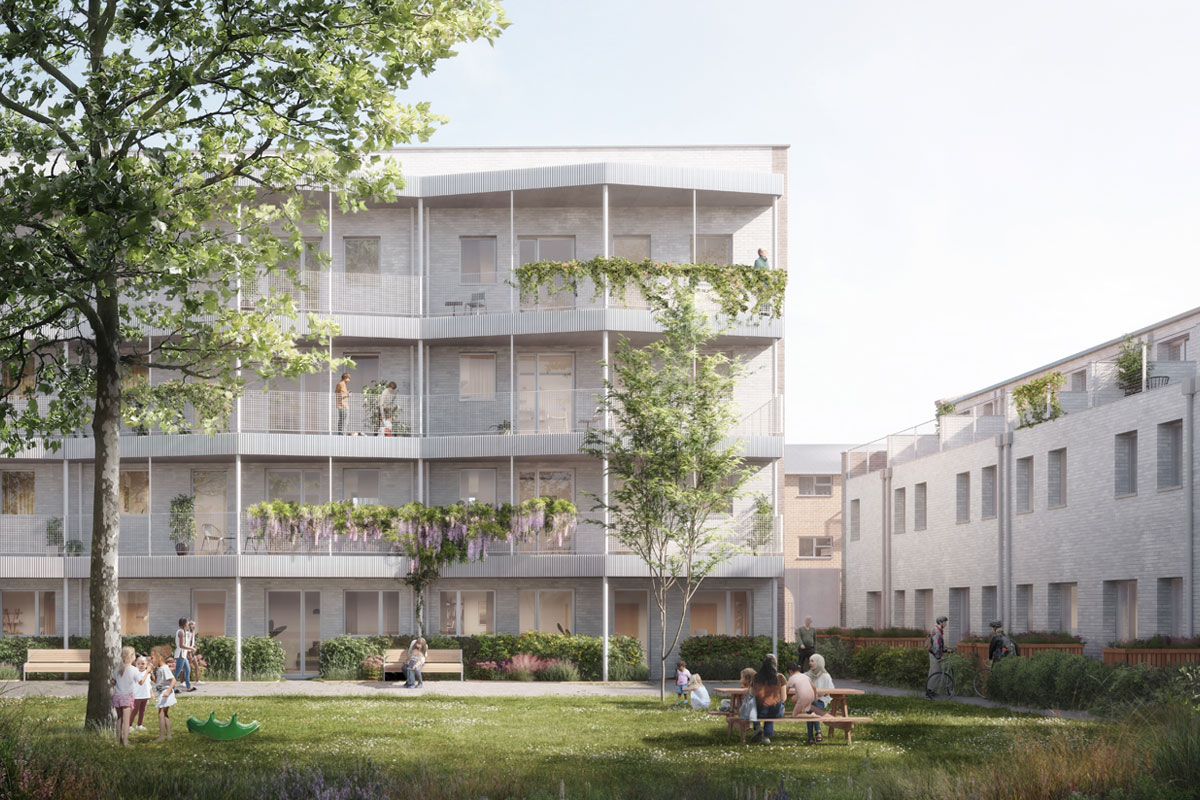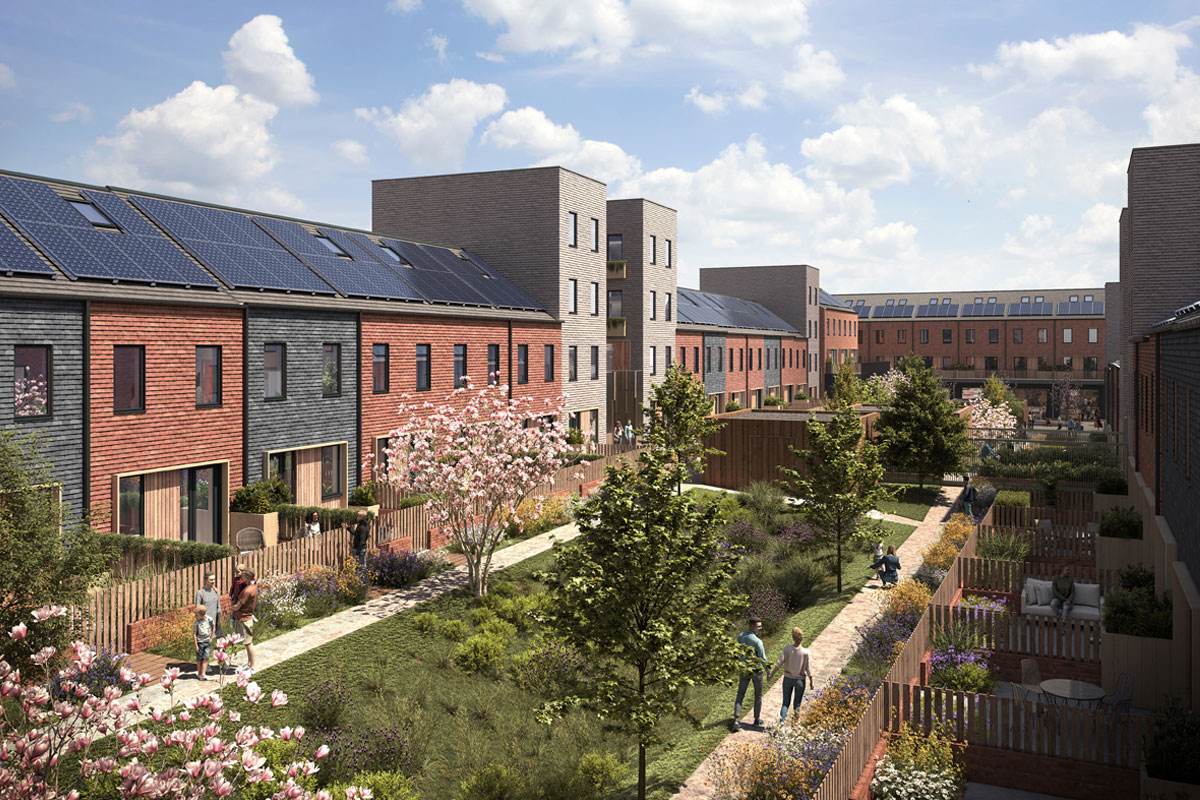6th June 2016
CUSTOM BUILD COHOUSING; BY PEOPLE, FOR PEOPLE.
6th June 2016
CUSTOM BUILD COHOUSING; BY PEOPLE, FOR PEOPLE.
Share
Cohousing is a way of living that has been established in several countries for many years. But what role can it play in the UK? This article by Neil Murphy was originally published by Create Streets, a social enterprise and independent research institute focusing on the built environment.
Small enough that everyone can be familiar with each other, but large enough not to force them to be, cohousing communities are built around a shared desire for and sense of belonging, neighbourliness and mutual support that many people feel is missing from modern life and contemporary housing developments.
In Britain, cohousing (and housing co-operatives generally) make substantially less contribution to the housing supply than, say, in Berlin, where Baugruppen provide about 10% of the housing stock and 10% of new-build. But cohousing groups from Stroud to Lancaster are quietly showing how places commissioned and designed by the people who will live in them can be better designed and more popular with their residents than a lot of new housing.
Cohousing is in many ways an early demonstrator for a broader shift away from bland mass-market housing development towards a custom-build approach, combining greater adaptability and individuality in housing design with more civil and welcoming streets and green spaces.
TOWN is the enabling developer of K1 Cohousing, a new cohousing development of 42 homes in Orchard Park on the northern edge of Cambridge. Working in partnership with Swedish housing manufacturer Trivselhus, TOWN obtained full planning permission last month and plans to commence construction in late 2016. The design responds to a brief prepared by the scheme’s future residents, and TOWN’s own commitment to contemporary versions of traditional housing forms and arrangements.
Piloting the TOWN Custom Build model, K1 deploys a small number of familiar-looking housing forms – terraces, townhouses and paired ‘Tyneside’ type flats – coupled with a wide range of design choices that allows the occupant to customise how the home looks and functions, inside and out. House types are identical in front-to-back depth but varied in width. This means they can be arranged in almost any sequence in a terrace, allowing for immense diversity in the overall mix of dwelling types. And the backs of the houses are no less polite to the shared garden they face than the fronts are to the surrounding streets – critical in a cohousing development where the quality of shared community space is paramount.
The close-to-Passivhaus frame with factory-fitted, triple-glazed windows allows great flexibility as to internal layout and room dimensions. Key is a flexible loft space which may be used as conventional storage space or, with the addition of dormers or roof terraces, as extra living space. One terraced ‘shell’ type, for example, is capable of providing for anything between a 90sqm two-bed to a 125sqm five-bed house. And, at K1, cohousing members were given a free choice between four external brick colours. This restrained form of anarchy contrasts well with the otherwise sober and in some ways traditional design approach.
The result nods to the best qualities of Cambridge residential streets – familiar, repeating forms varied and enriched by the aggregated colour and detail choices of their residents – but realised by thoroughly modern community development, design and construction methods. And, vitally in this context, there has been no need to compromise between Cambridge Cohousing’s desire for a neighbourly, secluded environment for its members and proper integration of the development into its surroundings.
Whether a collective process like cohousing or a more individualised approach (such as that being taken by Igloo at Heartlands in Cornwall), an acid test of custom-build is whether it produces homes and places that are more popular with the people who live in them – and, of course, with the local community who often have just cause to bemoan the lack of distinction in new development on their doorstep. If so, custom- build could very quickly become a major part of the answer to how we achieve not just more but better housing development.



